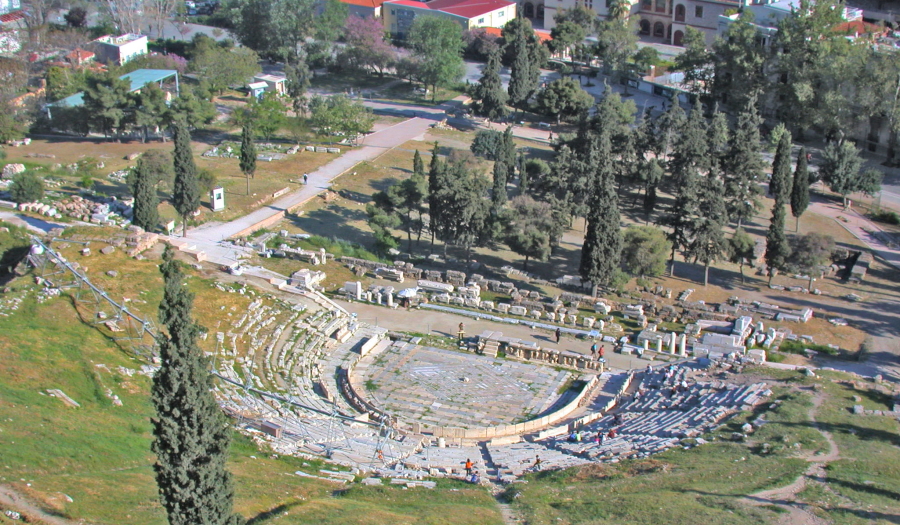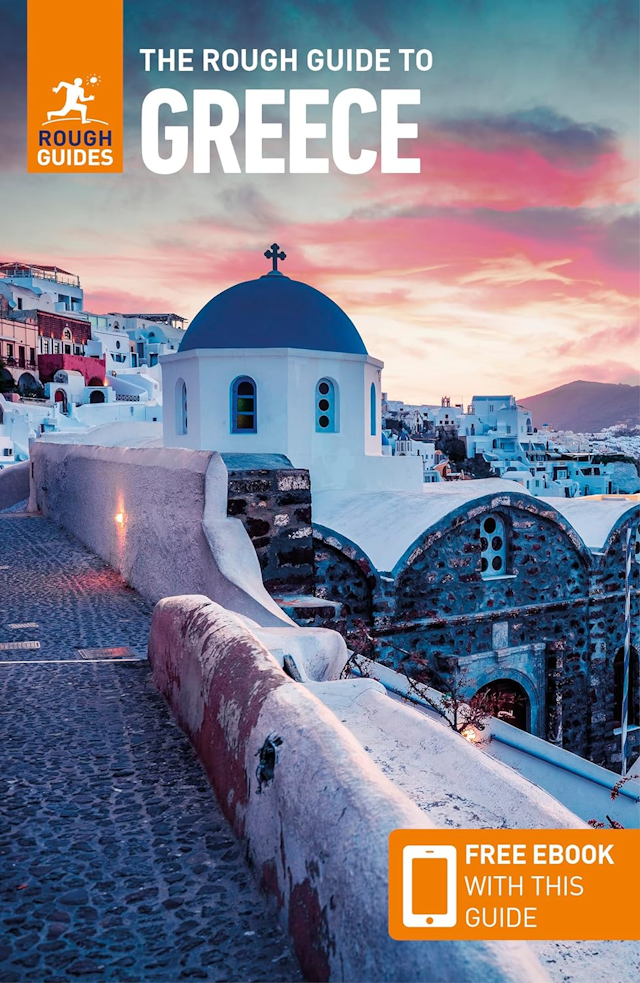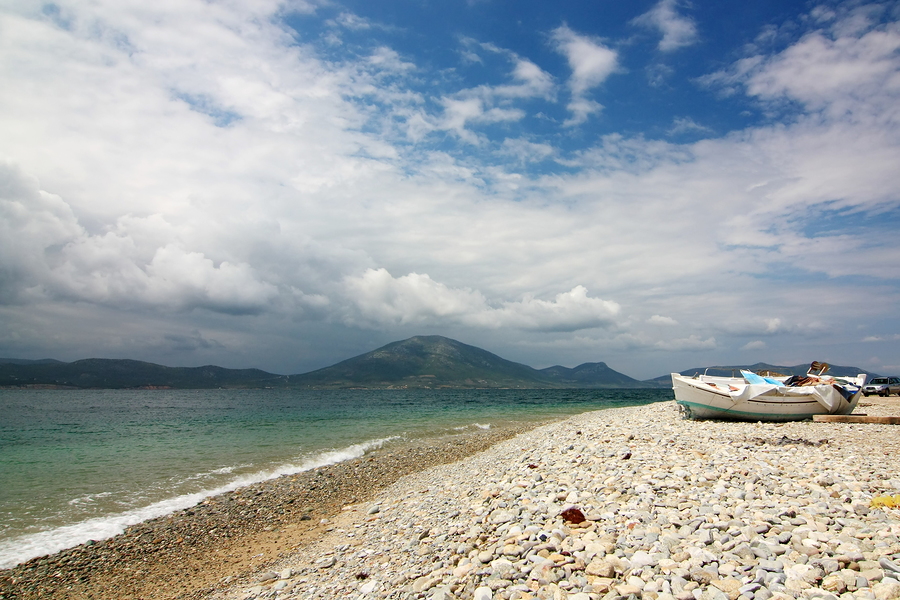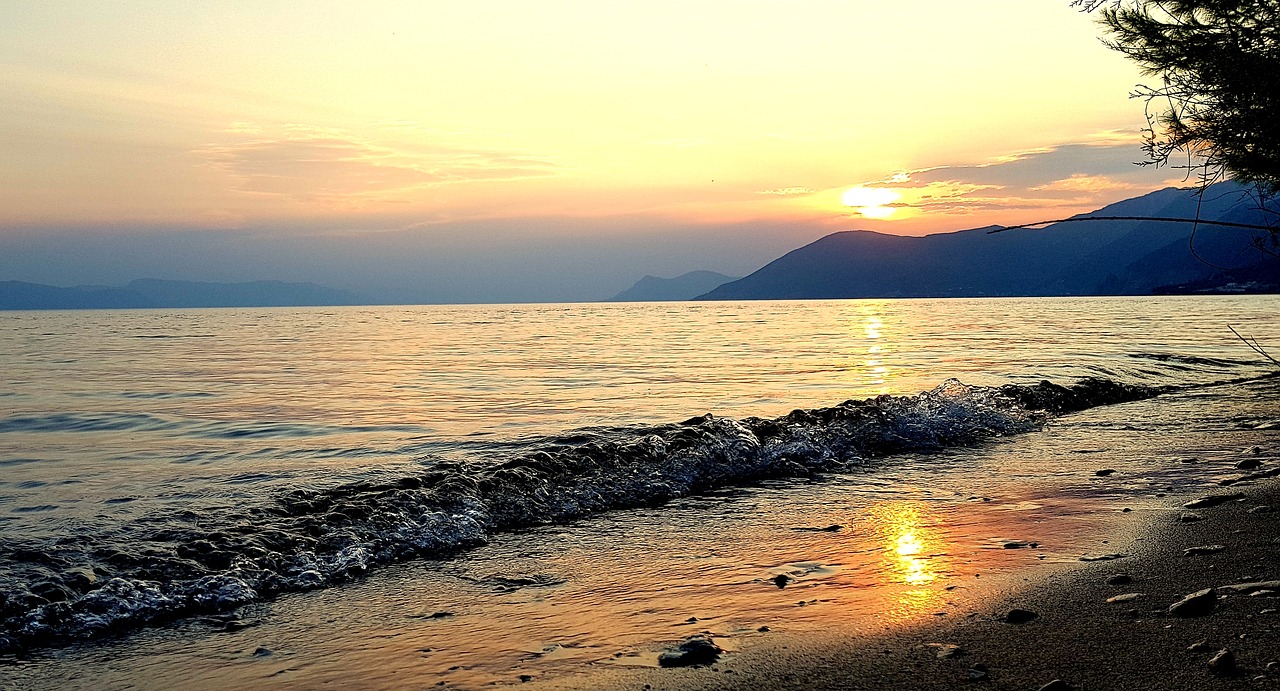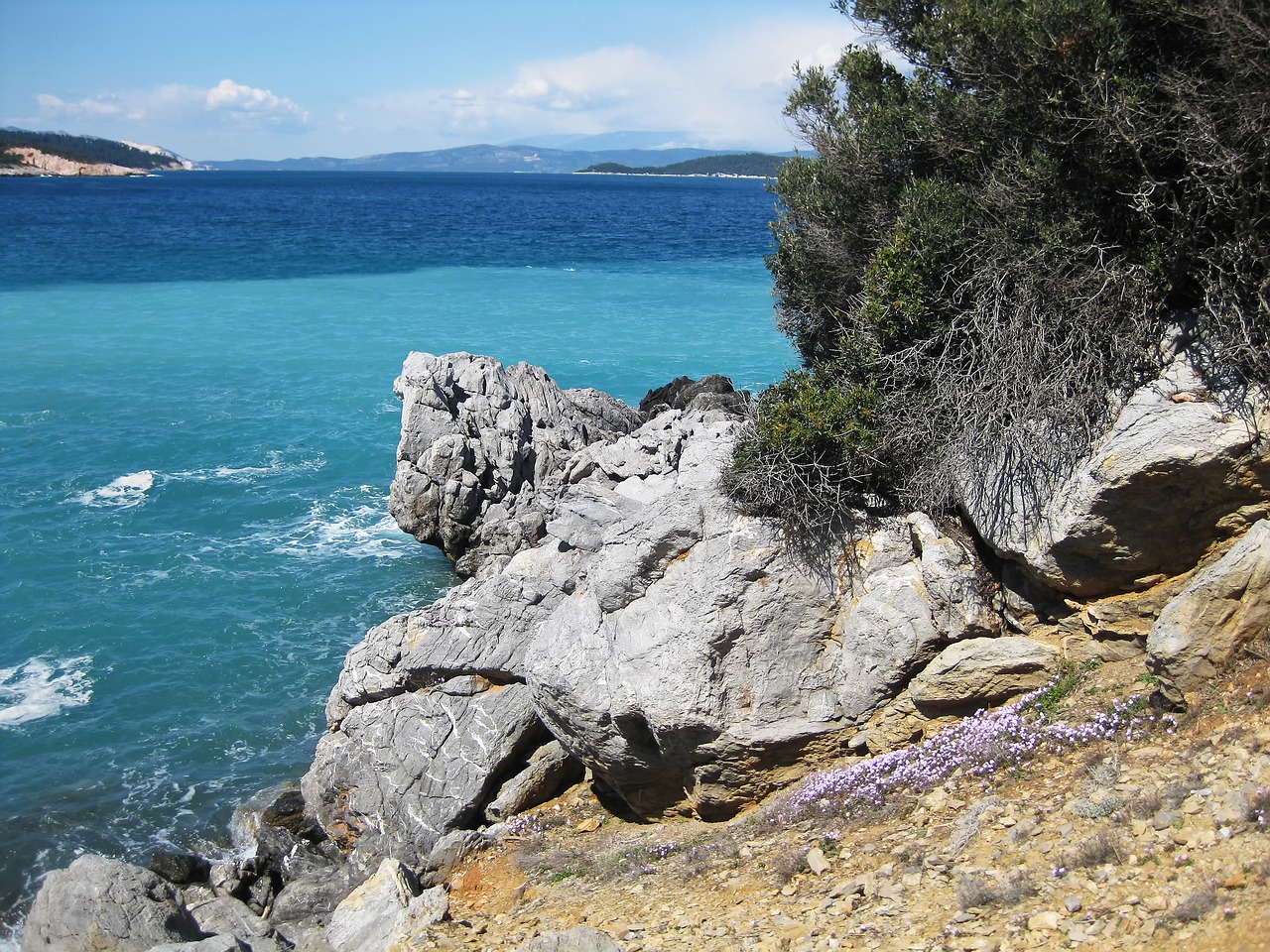Eretria
Evia
Ancient Eretria is the most important historical site on Evia, a city that at one time fought with Chalkida for dominance of the island, before Chalkida took power in the 7th century BC and Eretria was finally destroyed in 87BC.
The modern town of Eretria has unfortunately built up over large parts of the ruins of the ancient city, instead of being settled nearby as often happened, which allowed so many of Greece’s ancient cities to be explored and excavated. However, there is still much to enjoy, both ancient and modern, though the best finds from the site are in the Archaeological Museum in Chalkida.
Eretria Archaeological Museum
There are more finds on display in Eretria’s own Archaeological Museum, including a fearsome Gorgon’s head retrieved from a 4th-century BC villa. Nearby is the House of Mosaics, whose key can be obtained from the museum, and this is a restoration of a 4th-century house from ancient Eretria with well-preserved floor mosaics.
Also in this northwest corner of the town is a cluster of remains, including the theatre whose notable feature is a passageway under the stage that leads to the place out of which would suddenly appear the deus ex machina. This theatrical device is the unexpected event, which would often resolve a Greek drama, brought upon by the sudden appearance of the Gods who control our fate.
Other remains in this area include a gymnasium and the remnants of a palace. Above the theatre a short walk leads to the acropolis, with some remains of its walls and towers, but giving good views to the northwest over the Lelantine Plain, the fertile ground which was desired by both Eretria and Chalkida in ancient times.
Modern Eretria
In the centre of the modern town can be seen the foundations of the Temple of Apollo, and the site of the agora. The modern town now sprawls along the coast as one of the island’s main resorts, given its proximity to Chalkida, but while the remains of the ancient city ought to be seen, the modern town is not the most appealing place to stay on Evia. There are far lovelier towns and resorts all around the island.
Latest Posts
-
Explore Vikos Gorge: Hiking, Rafting, and Food in Zagori
One of the most impressive canyons in Europe and one of Greece’s favorite mountain destinations, Vikos Gorge invites hikers and food lovers alike. -
Lefkada: The First Ancient Theater of the Ionian Islands Comes to Light
The first ancient theater ever discovered in the Ionian Islands is located in the heart of the ancient city of Lefkada, established before the end of the 7th century BC. -
5 Epic Island Hikes in Greece for Spring Explorers
This spring, five majestic peaks across Greece’s islands invite us to lace up our boots and discover a wilder side of island life. -
Greek Ferry Services to Halt on May 1 Due to Labor Strike
Ferries in Greece will remain docked for 24 hours on Thursday, May 1, as the Pan-Hellenic Seamen’s Federation (PNO) joins Labor Day mobilizations announced by the General Confederation of Greek Labor… -
Sifnos: Greece’s Hidden Culinary Star on the Rise
Sifnos, a Cycladic island, is gaining fame for its rich culinary heritage, especially the beloved melopita honey-cheese tart. -
Easter in the Mystical Castle of Monemvasia
In the castle town of Monemvasia, with its dramatic medieval backdrop and sea views, Easter is a deeply spiritual and atmospheric experience. -
Easter in Leonidio: A Tapestry of Light, Culture and Cliffs
In Leonidio, Easter comes alive with handmade hot air balloons in the sky and lanterns made from bitter oranges in the streets. -
The Lesser-Known Traditions of Greek Easter
Step off the beaten path this spring and discover the enchanting — and often surprising — Easter traditions found across Greece. -
April 9 Strike in Greece to Impact Public Transport, Ferries and Air Travel
Transportation and travel across Greece will face disruptions on Wednesday, April 9, as public transport, ferry and aviation workers join a nationwide strike called by Greek labor unions. -
Ancient Theater of Lefkada Brought Fully to Light Following Systematic Excavation
The Greek Culture Ministry has announced that the first ancient theater ever identified in the Ionian Islands has recently been brought fully to light on Lefkada, revealing an impressive monument that…
